Death Valley is such a mysterious and fascinating place. It’s a land of extremes with hidden beauty in terms of plants and wildlife that can survive with intense heat and very little precipitation. We loved learning about and visiting Death Valley with kids and hope to help you do the same!
We really love learning more about places before, during, and after visiting as it really enhances the connection and education of the experience. The Native American care for and reverence of the land is beautiful. It’s so important to learn that indigenous and modern history – both the happy and the unsavory parts. I’m including facts, book recommendations, and discussion questions to help us – and you! – learn about this magical park whether you’ve never visited, or whether you’ve been 100 times.
I hope you love all aspects of this guide to Death Valley family guide – what to do when visiting Death Valley, as well as a virtual field trip if you can’t visit in person. I hope they help you create the perfect Death Valley itinerary for your family. Enjoy!!
This post on learning about and visiting Death Valley with kids contains affiliate links, but all opinions are 100% my own. That means I earn a small commission if you purchase through my link, but doesn’t change your price.
Ultimate Guide to Death Valley with Kids: Family Travel Guide + Virtual Tour
Table of Contents
Death Valley Books for Kids
Who Pooped in the Park? Death Valley National Park: Scat and Tracks for Kids by Gary D. Robson (Author), Robert Rath (Illustrator)
This book is half a fun read, half nature guide for kids. It’s perfect for doing a little science lesson along the way. Be sure to get your own copy beforehand so you can take it with you when you visit the park!
Here are some other wonderful books about Death Valley for kids:
Death Valley Facts
- Death Valley is the hottest place on earth! The highest air temperature was recorded there – 134F, at Furnace Creek.
- It is also the driest place in North America. It gets less than 2″ of rain per year.
- Badwater Basin in Death Valley is 282 feet below sea level and is the lowest point in North America.
- Despite the heat, many plants an animals live in Death Valley. There are hundreds of species of birds, and wildflowers magically bloom in the spring.
- Parts of Star Wars: A New Hope were filmed at Death Valley.
- Death Valley has incredibly dark night skies, making it perfect for stargazing.
- Death Valley is the largest National Park in the 48 contiguous United States.
- The tallest point in the contiguous US, Mount Whitney, is only 76 miles from Death Valley!
- Death Valley used to be covered by a lake. After the area turned to a desert climate, the lake evaporated and left behind lots of salts.
Death Valley Indigenous History: Death Valley History for Kids
The TImbisha tribe, who used to be called the Panamint Shoshone, have lived in the area for about 1,000 years. The Timbisha call the valley tümpisa, which means “rock paint,” referring to the kind of paint that can be made from the red clay found there. The tribe knew how to use the land and its unique resources, and relied on the seasonal pattern of the resources.
Gold rush prospectors gave it the name Death Valley. During this time, much gold was extracted and taken from the native tribes there, as was their land. Others later discovered borax and also extracted that for profit.
The Timbisha are a federally recognized tribe, but had trouble regaining their ancestral lands. in 2000, 7,500 acres were returned to them, much smaller than the amount taken.


Death Valley Family Guide: Discussion Questions with Kids
- When is a time you have felt really hot? Did you like it? What did you do about it?
- What types of plants and animals do you think would survive well in Death Valley?
- Water conservation is important, especially in arid (dry) areas. What are some ways you can conserve water?
Animals in Death Valley
- 6 types of fish make their home in Death Valley and are specially adapted to minimal, salty water.
- One of those is the Devil’s Hole Pupfish, which lives in a 90F degree hot spring.
- Roadrunners are quite common in Death Valley as they can withstand extreme heat even during the day.
- Traditional desert animals also live in Death Valley – coyotes, bobcats, desert bighorn sheep, bats, kangaroo rats, cottontails, foxes, badgers, and mountain lions.
- The desert tarantula is another creature to call Death Valley home.


What to Pack When Visiting Death Valley with Kids: Death Valley Packing Guide
Death Valley can, of course, get extremely hot, and it’s very dry. It’s very important to have the right clothing and gear so you don’t overheat or get dehydrated!
Here are some of my favorite essentials to pack when traveling to Death Valley with kids!
- Kids hiking backpacks. These are our favorites when hiking with kids and are absolutely essential in a place as dry and hot as Death Valley. I find that my kids drink much more water while wearing these than from a water bottle as they’re constantly sipping as they hike.
- Layers. You’ll want a light jacket as it can get cool at night. We love these lightweight down jackets for adults and kids because they stay warm but are packable and thin. A light sweatshirt will also work fine!
- Sturdy shoes. With all the sand and heat, we like to wear sturdy hiking sandals (our favorites for adults, kids, and toddlers). Sneakers will work fine, or hiking boots provide more stability and comfort (our favorites for men, women, boys, girls, and toddlers).
- A hat. It’s important to try to limit sun exposure so be sure to bring a hat for everyone, such as this visor for kids. Here’s my favorite hat with UV protection for baby girls and boys!
- Don’t forget sunblock! This is my very favorite sunscreen for kids. And here’s the facial sunscreen I use every day!
Related: Our Favorite Kids Hiking Gear
How To Get to Death Valley
It is easiest to get to Death Valley by car. Here are some distances to get to Death Valley from nearby cities and airports (but keep in mind that traffic can be intense):
- Las Vegas airport: 2 hours
- LAX: 3.5 hours
- San Jose airport: 6.75 hours
- SFO: 7.25 hours
Where to Stay: Death Valley Lodging for Families
Camping
There are several options for camping inside and near the park. Furnace Creek is the most popular campground and often fills during the busy season (October-April). You can make reservations on recreation.gov. It is the only campground within the park that has full RV hookups. Only a few other campgrounds are open during the summer. Sunset and Stovepipe Wells Campgrounds often have availability even at busy times.
Stovepipe Wells RV Park is close, nice, and has full hookups. It’s only $40/night, so very reasonably priced. Panamint Springs is another RV park option.
Here’s some of our favorite camping gear:
Hotels Inside Death Valley
The Inn at Death Valley (reviews here) is a beautiful and historic resort that’s located inside the park. Perfect for a relaxing and accessible stay. The Ranch at Death Valley (reviews here) is extremely family-friendly and located right next to the visitor’s center. Both properties have warm, spring-fed pools. Either would be excellent for being close and having a lovely stay when visiting Death Valley with kids.
Staying Outside Death Valley
There are also a number of hotels and rental homes within easy access of the park. Here are some options!
Get $35 off your first Airbnb stay by using this link!
Here are some great hotel options nearby – you can use the +/- symbols to zoom in and out.
Where to Eat In Death Valley National Park
Yosemite has plenty of options to dine. Both the Inn at Death Valley and the Ranch at Death Valley serve breakfast, lunch, and dinner.
The Timbisha Shoshone Village serves tacos on frybread along with shaved ice. Perfect for a quick meal on a hot day! Stovepipe Wells Village also has several dining options and a general store. Finally, Panamint Springs Resort serves meals, as well.
Related: Our Favorite Vegetarian Camping Food (From a Lifelong Vegetarian)
How to Get Around: Best Way to Get Around Death Valley
Death Valley is vast. It’s the largest national park in the 48 contiguous states! And especially if it’s a warm day, a car is a necessity to get around and to cool off. Some of the best viewpoints and scenery are from the road, such as the 9-mile Artists Drive with the gorgeous Artists Palette. Badwater Road (with Badwater Basin, the lowest point) is another great one to see from your car!
The roads in Death Valley are well-maintained and suitable for cars and RVs. (With the exception of Emigrant/Wildrose Canyon, which doesn’t allow vehicles longer than 25 feet.)
Best Time of Year to Visit Death Valley
Spring is, by far, the most popular time to visit Death Valley. The days are warm and sunny but not too hot yet, and there’s the possibility of gorgeous spring wildflowers. The superbloom a few years ago was spectacular! The Death Valley Dark Sky Festival is also very popular.
Fall is mild and sunny, and winter is a bit cooler with cold nights. December tends to be very quiet in the park, so it’s a great time to visit if you want to avoid crowds! Summer is terrifically hot, but can be fun if you want to experience the true extent of Death Valley’s heat!
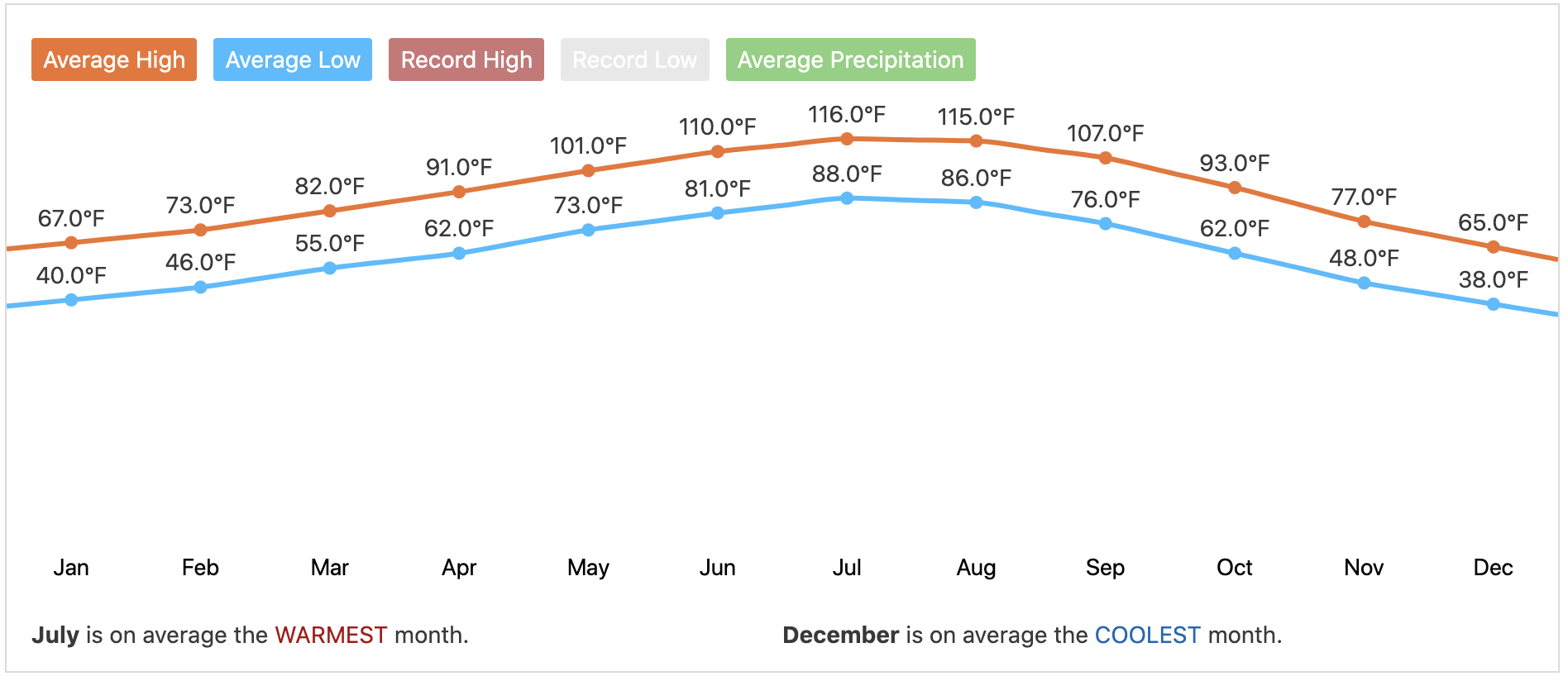
Scenic Spots in Death Valley with Kids
Badwater Basin
This salt flat is the lowest elevation point in North America. It’s only 1/4 of a mile walk to get out onto the flats with the fascinating shapes made out of salt so it’s perfect to do even with young children!
Artists Drive
This is a 9-mile, one-way drive with stunning desert views and colors. Be sure to stop at Artists Palette for some of the best views!
Devils Golf Course
This is an area where rock salt has eroded into spikes. It’s super rough and craggy – so much so that supposedly only the devil could play golf there. If you put your ear close to the ground, you’ll hear salt crystals popping from expanding and contracting in the heat!
Mesquite Flat Sand Dunes
These beautiful dunes feature three kinds of dunes (linear, crescent, and star shaped) and house mesquite trees that create stable habitats. You can see the dunes from the parking lot, or you can do some hiking through them (beware that hiking through sand is much more difficult than hiking on solid earth!). Sunrise and sunset are especially beautiful.
Keane Wonder Mine
The tramway cars at this mine were used to haul gold-containing ore from the mine to the mill in 1907. It was closed a few years later, but it’s fun to see the restored site!
Ubehebe Crater
This giant crater is 600 feet deep and half a mile across! it was formed when hot magma reached the groundwater and the water turned into explosive steam. Such a cool spot that visitors can view from the parking area.
Best Death Valley Hikes with Kids
Beware that during the summer months, the Park recommends being out of your car/air conditioning for no more than 15 minutes at a time in the lower elevations.
Golden Canyon
Distance: varies
Elevation Gain: varies
Accessibility: no
These beautiful, yellowish hills and narrow canyons are the spot where Star Wars: A New Hope was filmed, if you have any little fans. You can take a brief walk out to see the canyons, or you can do a 4.5 mile loop. (Beware that
Here’s a quick video with some Star Wars filming locations, or you can check out this Star Wars tour of Death Valley!
Mesquite Flat Sand Dunes
Distance: Summit is 2 miles RT
Elevation Gain: 185 ft
Accessibility: no
These beautiful dunes feature three kinds of dunes (linear, crescent, and star shaped) and house mesquite trees that create stable habitats. You can see the dunes from the parking lot, or you can do some hiking through them (beware that hiking through sand is much more difficult than hiking on solid earth!). Sunrise and sunset are especially beautiful.
Natural Bridge
Distance: 1 mile out and back
Elevation Gain: 86 ft
Accessibility: no
A fun and easy walk out to see a cool natural bridge.
Ubehebe Crater Loop
Distance: 1.5 mile loop
Elevation Gain: 500 ft
Accessibility: no
Get a better view of the crater and little crater by taking a loop around. Start counterclockwise if you’d like to do the uphill portion first, and beware of steep edges.
Best Death Valley Viewpoints
Zabriskie Point
This is a stunning viewpoint of the badlands and a perfect spot to watch the sunrise or sunset. Several trails go here, as well, if you’d prefer to do some hiking!
Dantes View
Arguably the very best view in the park, Dantes View is especially beautiful for sunrise. You’ll see the lowest point in the park from one of the highest! It can be 20-30 degrees cooler here, so you may want to bring a jacket along.
Rainbow Canyon
Head here for a fantastic sunset view and to potentially catch some military low-flight training. You’ll have a beautiful view of Panamint Valley and some gorgeous colors!
Other Things to Do in Death Valley with Kids
Junior Ranger
The Death Valley Junior Ranger program is really well done with different books for different age groups. After completing the book and a few other requirements (picking up trash and attending a Ranger program), kids can earn a badge.
You can pick up the booklets in the visitors center.
Visit a Ghost Town
Ballarat is the most famous, but there are a number of Death Valley ghost towns that are fun to explore!
Go Sandboarding on the Mesquite Flat Sand Dunes
If just plain hiking isn’t your thing, consider going out to the sand dunes with a purpose – sandboarding! The Mesquite Sand Dunes are the only ones in the park that allow sandboarding, so head here if you’d like to try it.
You can take a snowboard or skateboard (without the wheels) or even a boogie board! Try waxing it first since sand has a lot more friction than snow. You could also sit on one of the above or bring a sled to ride down! The plastic ones will need a good waxing to slide down.
This activity is best for fall, winter, and spring, as the sand gets very hot during the summer.
Attend a Ranger Program
Like other Parks, Death Valley has a number of ranger-led tours and discussions. The rangers are always very helpful and knowledgeable, so this is a great thing to do!
Yosemite Videos and Movies Starring Yosemite

Enjoy Your Visit to Death Valley with Kids!
We’ve loved putting together this resource to take an in person or virtual visit to Death Valley with kids. We’d love to hear if you do any of these activities for a on a family trip to Death Valley!
We hope to inspire curiosity and connection through exploring and learning, and we hope this guide helps you and your families. Please share any activities you do with us over on our Instagram. And we’d be delighted if you passed this guide to Death Valley with kids along to others, as well!
MORE POSTS
IF YOU LIKED THIS POST ABOUT VISITING DEATH VALLEY WITH KIDS, YOU MIGHT LIKE THESE POSTS TOO:
- 7 Tips for Enjoying Hiking with Kids
- Ultimate Guide to Backyard Camping (Including Safety Skills Activities)
- Ultimate Guide to Yosemite National Park: Family Visit and Virtual Tour
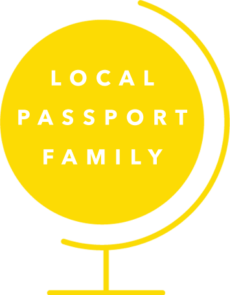
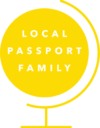
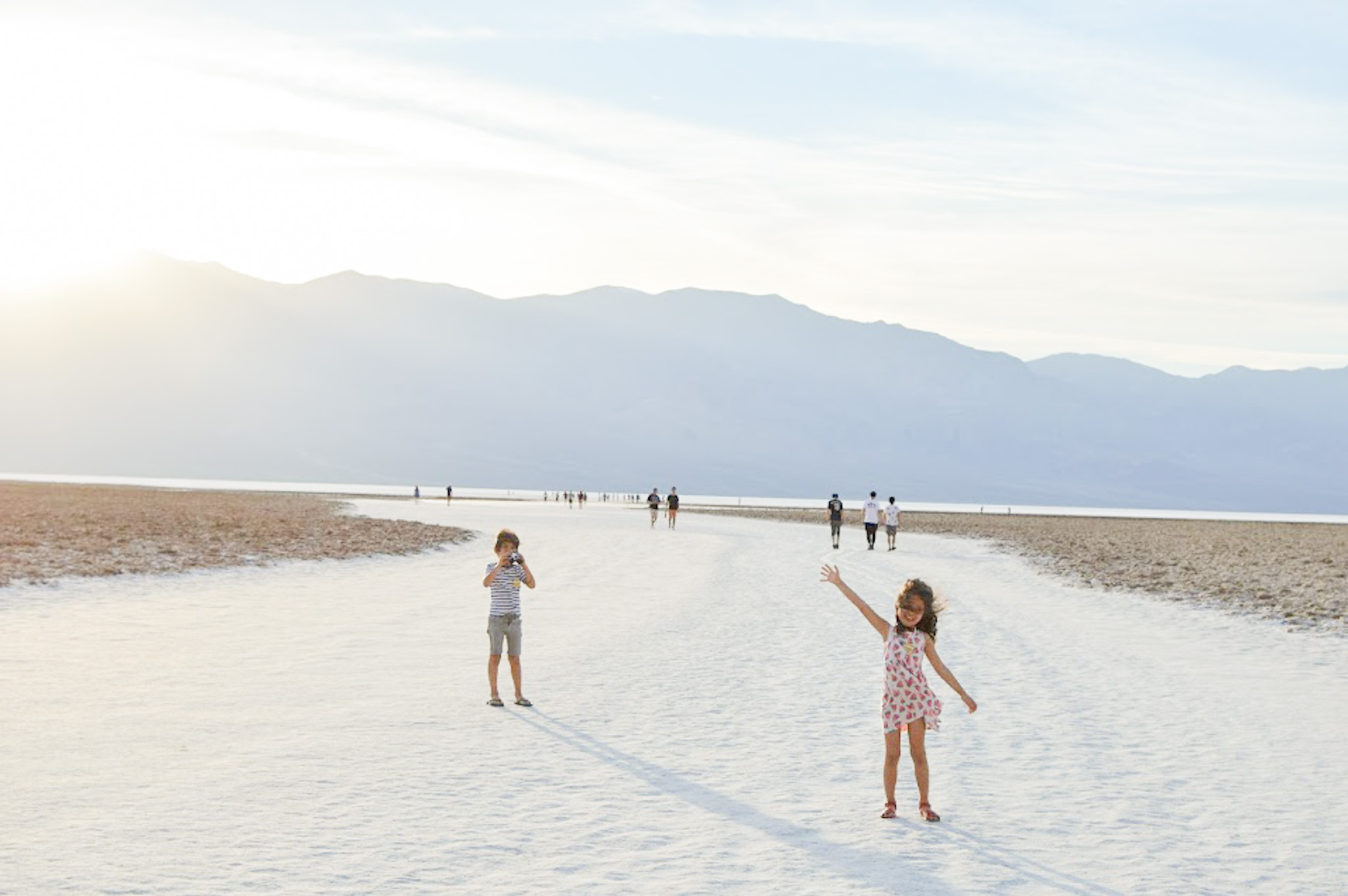

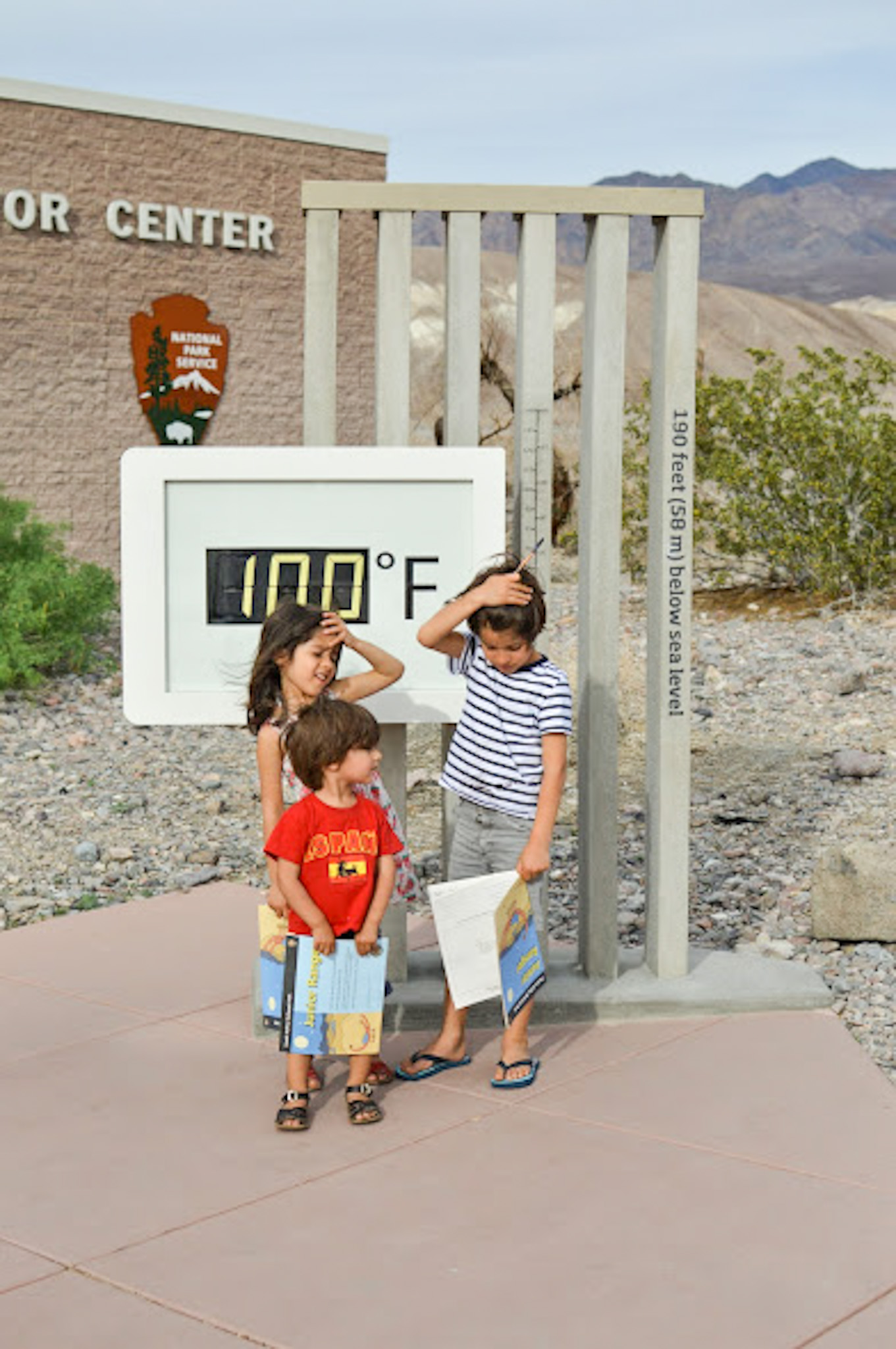
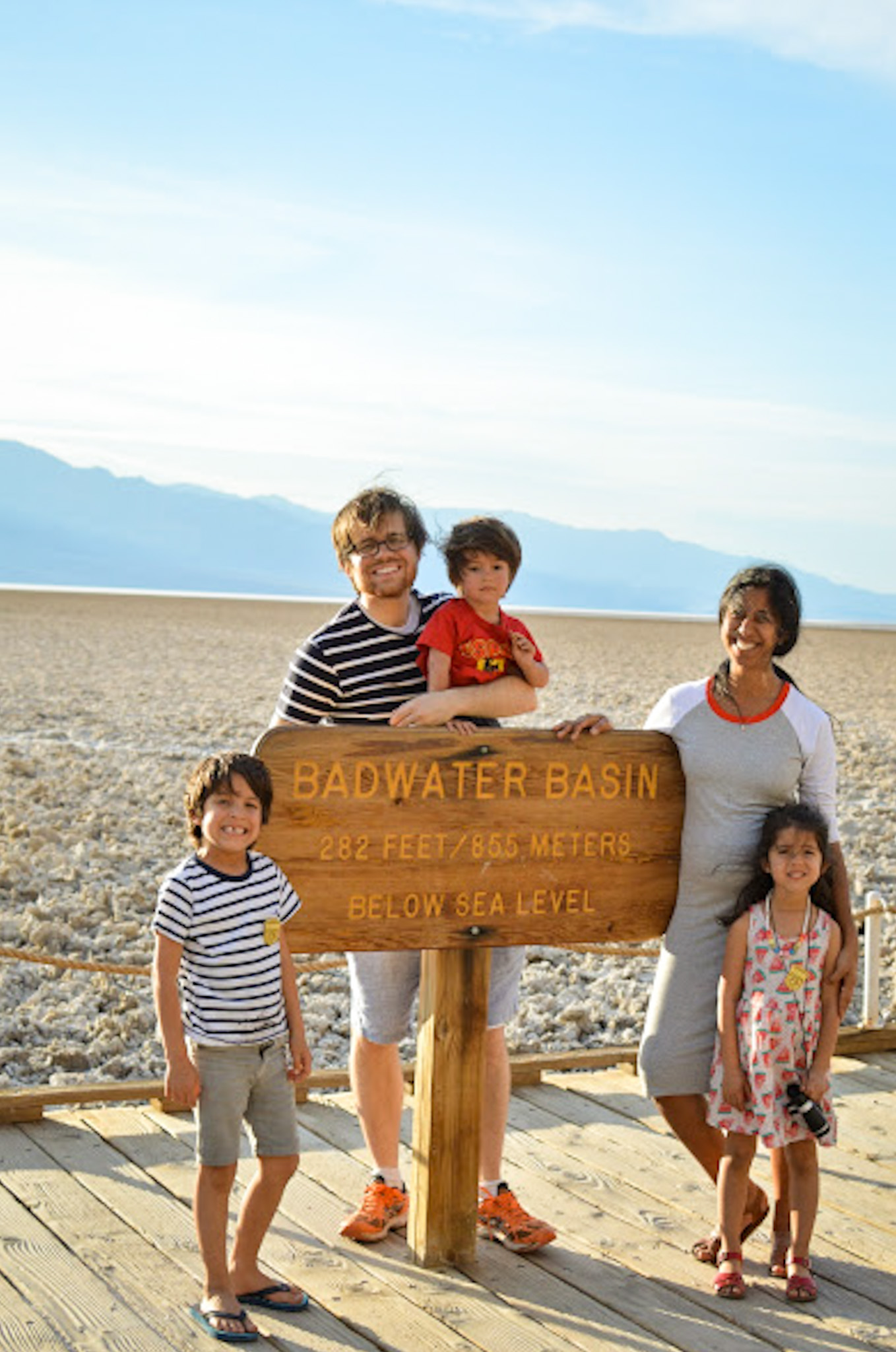
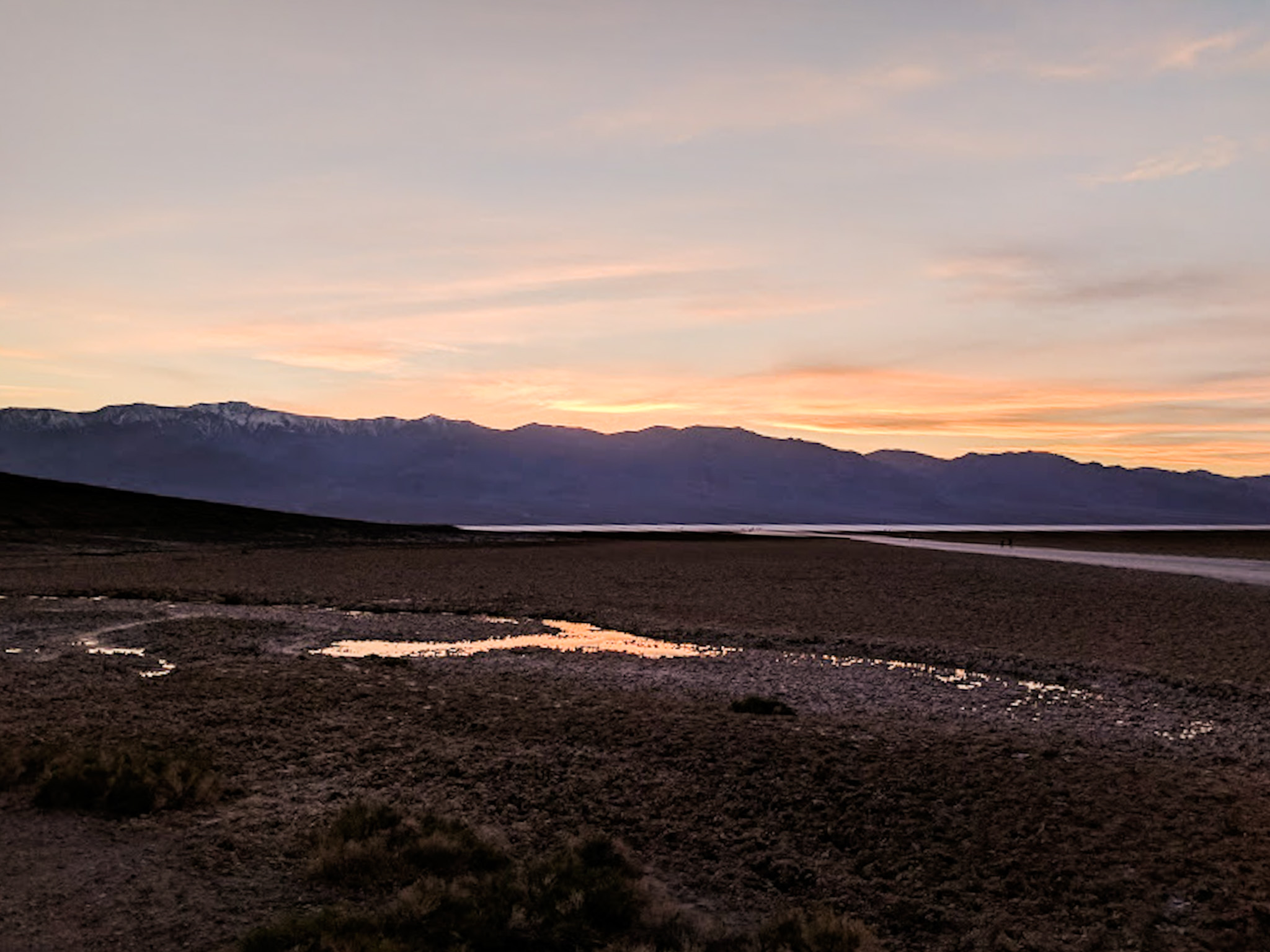


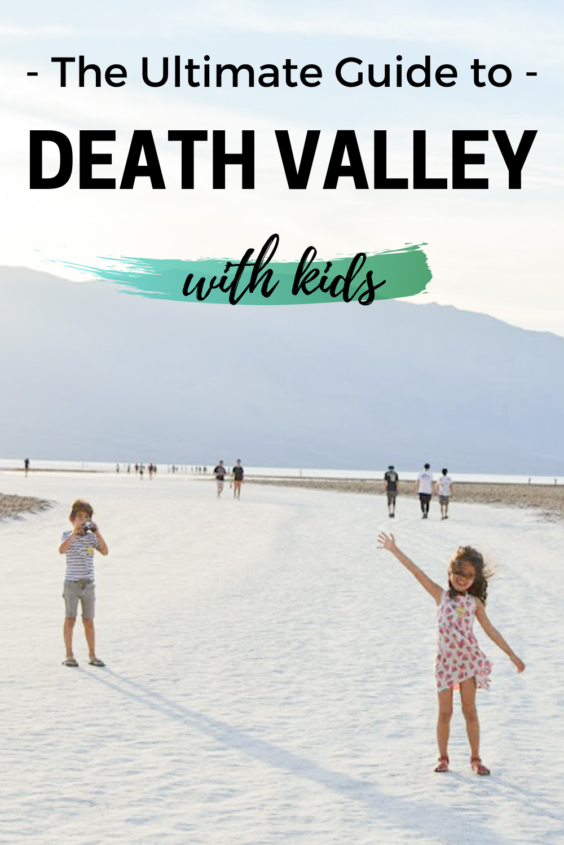
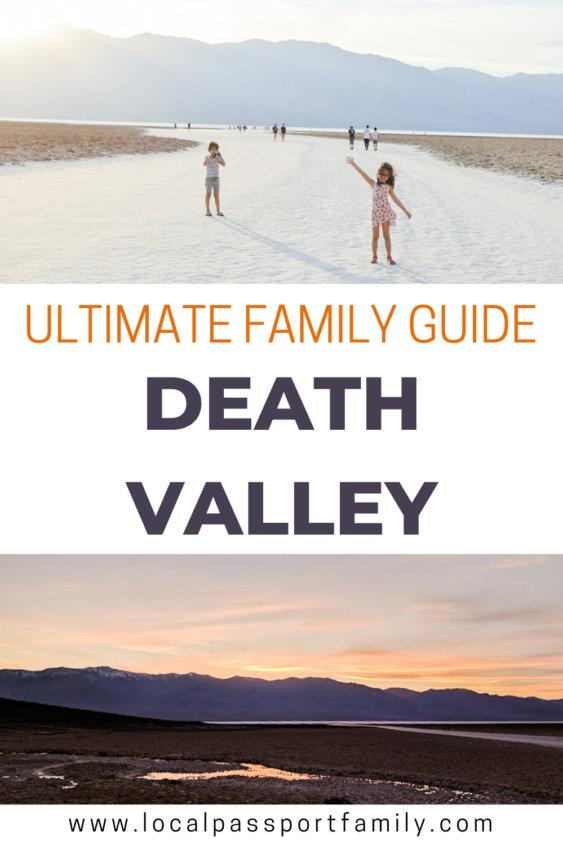


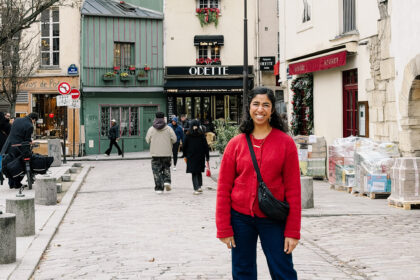


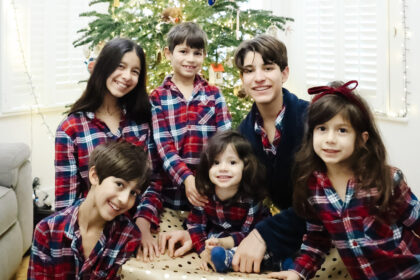



[…] is the third largest national park in the United States after Death Valley and […]
[…] Ultimate Guide to Death Valley with Kids […]